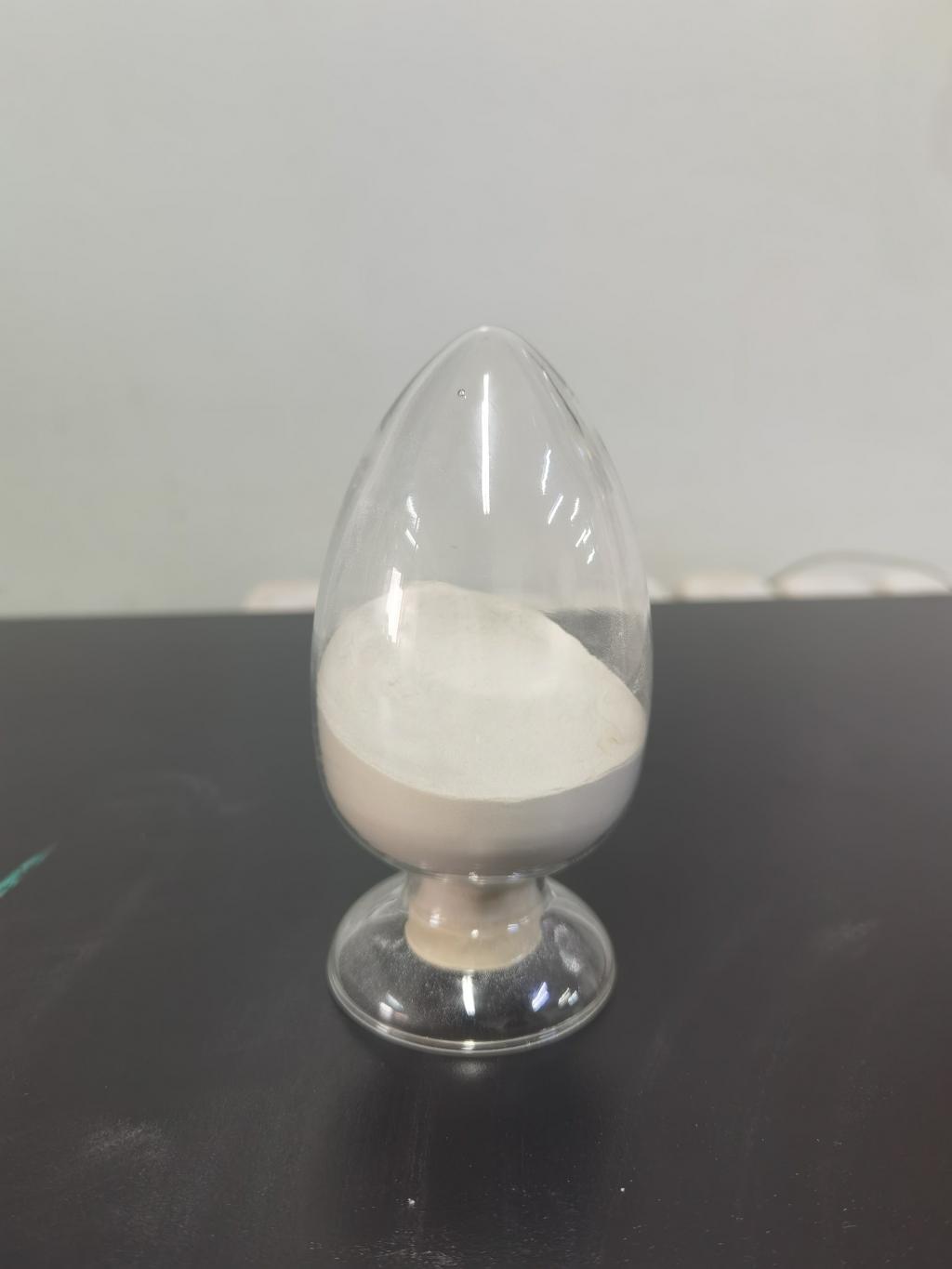Tel:0086 18231198596

News
Exploring the use of Nisin in combination for enhanced preservation.
TIME:2024-05-07
Nisin:
Nisin is a bacteriocin produced by certain strains of Lactococcus lactis, a bacterium commonly found in dairy products. It has been approved as a food additive in many countries and is widely used in the food industry for its potent antimicrobial properties. Nisin works by disrupting bacterial cell membranes, leading to cell death and inhibition of bacterial growth. Its effectiveness against a variety of Gram-positive bacteria, including Listeria monocytogenes, makes it an ideal candidate for food preservation applications.
Natural Antimicrobial Compounds:
In addition to nisin, there are many other natural compounds with antimicrobial properties that have been investigated for their potential use in food preservation. These compounds include essential oils, plant extracts, organic acids, and antimicrobial peptides derived from various sources. Many of these natural compounds exhibit broad-spectrum antimicrobial activity and have been shown to inhibit the growth of foodborne pathogens.
Synergistic Effects of Nisin with Natural Antimicrobials:
Combining nisin with other natural antimicrobial compounds can lead to synergistic effects, resulting in enhanced preservation efficacy compared to using either compound alone. Studies have shown that certain combinations of nisin with essential oils or plant extracts exhibit greater antimicrobial activity against foodborne pathogens than nisin or the natural compound alone. This synergistic effect may be attributed to the complementary mechanisms of action of nisin and the natural compound, as well as their ability to target different bacterial species.
Application in Food Preservation:
The combined use of nisin and natural antimicrobial compounds has been explored in various food products, including dairy products, meat and poultry, seafood, and fruit and vegetable products. In dairy products, nisin has been used in combination with essential oils to inhibit the growth of spoilage bacteria and extend shelf life. Similarly, in meat and poultry products, nisin in combination with plant extracts has been effective in controlling pathogenic bacteria and reducing the risk of foodborne illness.
Challenges and Considerations:
While the combination of nisin with natural antimicrobial compounds shows promise for enhanced preservation, there are challenges and considerations that need to be addressed. These include determining the optimal combination and concentration of antimicrobial compounds, ensuring compatibility with food matrices, and addressing regulatory requirements for the use of these compounds in food products. Additionally, further research is needed to understand the mechanisms underlying the synergistic effects observed and to evaluate the long-term safety and efficacy of these combinations.
Conclusion:
The combination of nisin with natural antimicrobial compounds represents a promising approach for enhancing food preservation while reducing reliance on synthetic preservatives. By leveraging the synergistic effects of these compounds, food manufacturers can improve the safety and quality of their products while meeting consumer demand for clean label and minimally processed foods. Continued research and innovation in this area will contribute to the development of effective and sustainable preservation strategies for the food industry.

 CONTACT
CONTACT




